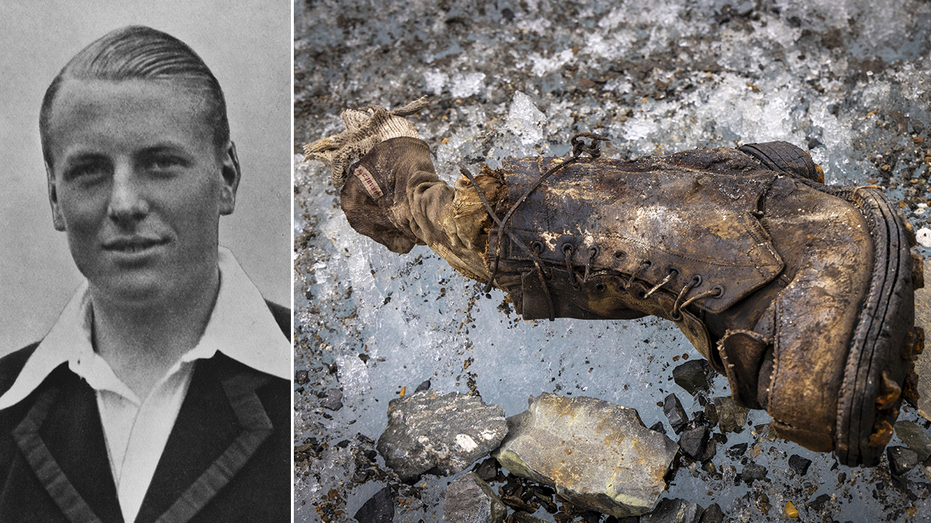Mount Everest is thought to still be climbed by people who disappeared a century ago.
A National Geographic documentary crew has found the possible partial remains of Andrew Irvine, a British climber who vanished on Mount Everest 100 years ago.

What a National Geographic documentary crew believes to be the partial remains of a British climber who disappeared 100 years ago while attempting to be among the first people to summit the highest mountain in the world has been discovered on Mount Everest.
The group declared on Friday that they had discovered a boot that might belong to Andrew "Sandy" Irvine, who vanished on June 8, 1924, on the summit of Everest with his co-climber, the illustrious George Mallory, at the age of 22. The team also discovered a foot wrapped in a sock embroidered with "AC Irvine."
"This is the first concrete proof of Sandy's final destination," director and photographer Jimmy Chin told National Geographic. "A lot of theories have been put out there."
"When someone disappears and there’s no evidence of what happened to them, it can be really challenging for families. And just having some definitive information of where Sandy might’ve ended up is certainly [helpful], and also a big clue for the climbing community as to what happened," Chin added.
In his final letter to his wife, Ruth, before he vanished on Mount Everest a century ago, the 37-year-old Mallory tried to ease her worries even as he said his chances of reaching the world’s highest peak were "50 to 1 against us."
Mallory's body was found in 1999, but there was no evidence that could point to the two having reached Everest's summit at 29,032 feet, according to The Associated Press.
The apparent discovery of Irvine's remains could narrow the search for a Kodak Vest Pocket camera lent to the climbers by expedition member Howard Somervell.
For mountaineers, the AP describes it as the equivalent of the Holy Grail -- the possibility of photographic proof that the two did reach the summit, almost three decades before New Zealander Edmund Hillary and Nepalese Sherpa Tenzing Norgay got there on May, 29, 1953.
The sock and boot were found on the Central Rongbuk Glacier below the north face of Mount Everest in September.
Irvine’s family reportedly is volunteering to compare DNA test results with the remains to confirm their identity.
"I have lived with this story since I was a 7-year-old when my father told us about the mystery of Uncle Sandy on Everest," Irvine’s great-niece and biographer, Julie Summers, told the AP. "When Jimmy told me that he saw the name AC Irvine on the label on the sock inside the boot, I found myself moved to tears. It was and will remain an extraordinary and poignant moment."
The Associated Press contributed to this report.






















